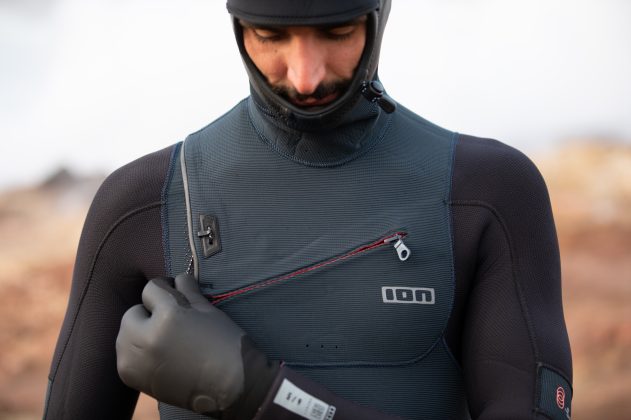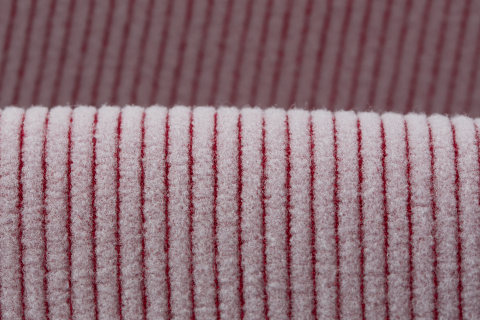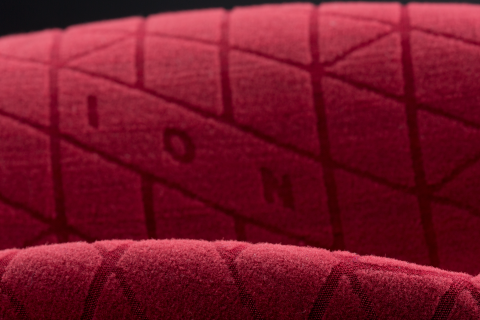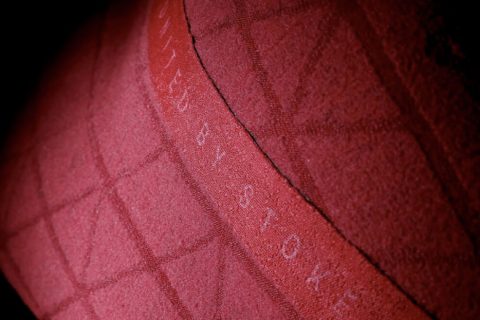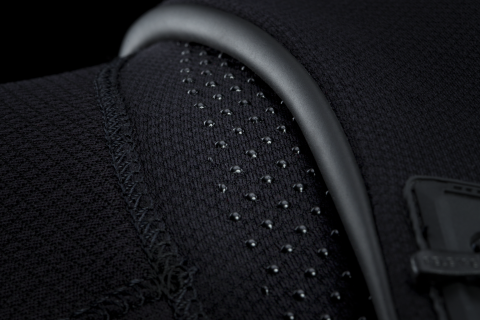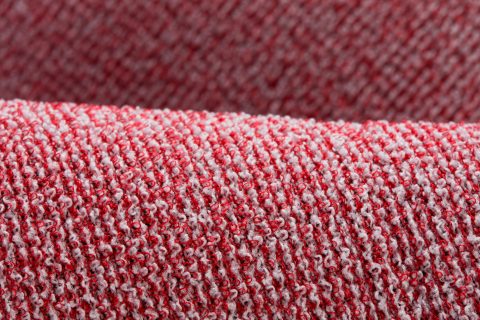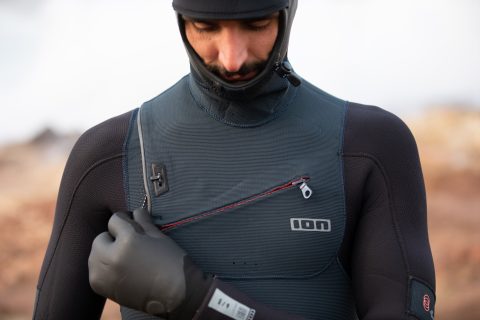ION INSIDE KNOWLEDGE: LOWDOWN
Kerstin Geier from ION Neoprene Development gives us some insights into how warmth is created in wetsuits and the differences between the various inside materials used.
A watersports enthusiast stands in the surf store and is interested in a new, warm wetsuit for the cold season. Of course, one immediately recognizes differences in the thickness of the neoprene, or if it is double-laminated or smoothskin neoprene. Even more striking are the large price differences between the various suits. And yet they all look similar from the outside?
- Kerstin Geier
Linings
The criteria that give a wetsuit its warmth won’t be visible at first glance, as the inner lining is crucial for thermal insulation. The second look should then be at the labels on the product. At ION there is a label for each functional inner lining and outer material which has information about the most important technical facts.
All suits have different lining materials. They range from a basic lining to very high quality, technically advanced linings. If a manufacturer does not use Graphene fibres, which have very good thermal properties due to their molecular structure, the structure of the lining should at least be roughened to store body heat in the cavities. The functionality can be compared to that of a wool sweater. It is called natural thermoregulation. A positive side effect is that these cavities can also absorb moisture. Should you sweat, the moisture is wicked away from the skin and you stay dry.
Graphene
A wetsuit lined with Graphene_Plush offers comparable warmth to a 1 mm thicker suit equipped with “Plasma_Plush”, our second warmest ThermoPlush lining. Thanks to Graphene, watersports enthusiasts can choose a thinner and therefore more flexible suit, while maintaining the same level of warmth. ION is the only manufacturer whose Graphene lining consists of 100% Graphene coated polyester fibre. Our market competitors usually use a lining consisting of only 50% Graphene fibre. Graphene is indistinguishable with a naked eye and therefore invisible, so to speak. ION’s Graphene Plush, which we use in our warmest suit, the SELECT, combines Graphene technology with the principle of cavities to use natural heat regulation and can thus show a 20% higher thermal insulation than alternative medium and high-priced suits with the common linings.
- Graphene_Plush
Range
In our range from the top (our premium model SELECT) to the bottom (our basic model ELEMENT), you can expect increasingly lower thermal insulation due to the inner linings. Technology and function are always associated with higher development and manufacturing costs. That said, at ION we use our Hot Stuff on the torso, front and back, even on our entry-level model, the ELEMENT. Hot Stuff is our third warmest Thermo lining and keeps the core temperature at a comfortable level.
ION’s CORE level is mid-range. CORE features Hot Stuff on the torso front and the entire thighs, even the Plasma_Plush in the back panel. So at an affordable price, you don’t have to freeze.
Seams
- Tapered seams
It also makes a difference how waterproof the suit is from the outside. This is where so-called Glued-Blind-Stitch (GBS) seams, which are waterproof compared to flatlock, come in handy. With a GBS seam, the neoprene is not completely pierced by the needle. With flatlock, however, it is. Thus water can slowly penetrate flatlock seams. GBS is more demanding in production. My tip – in the store, you can see the difference immediately. Flatlock seams are visible on both sides of the seam, while the seam in the GBS process is only visible on the inside or outside.
- Water Barrier
But none of this helps much if the suit doesn’t fit. Fit is critical, because if the suit is too big, (cold) water can penetrate more easily in a fall than in a well-fitting suit.
- Hot Stuff_2.0
The “Water Barrier” in the chest area of our suits also helps to keep the warmth inside. This is a silicone print on the bottom of the opening that works in conjunction with the Skin Panel on the top of the opening to provide a better seal by creating more friction. We use the Water Barrier on the SELECT and AMP, each in the front zip version suits.
Ultimately, we want to offer our customers all options. From the highest quality wetsuit packed with the warmest features to the perfect entry-level model. Whatever level you choose, I strongly recommend paying special attention to the inner lining. No one wants to have to leave the water early because of the cold. The inner lining will make the difference for you, even if it’s invisible at first glance.

